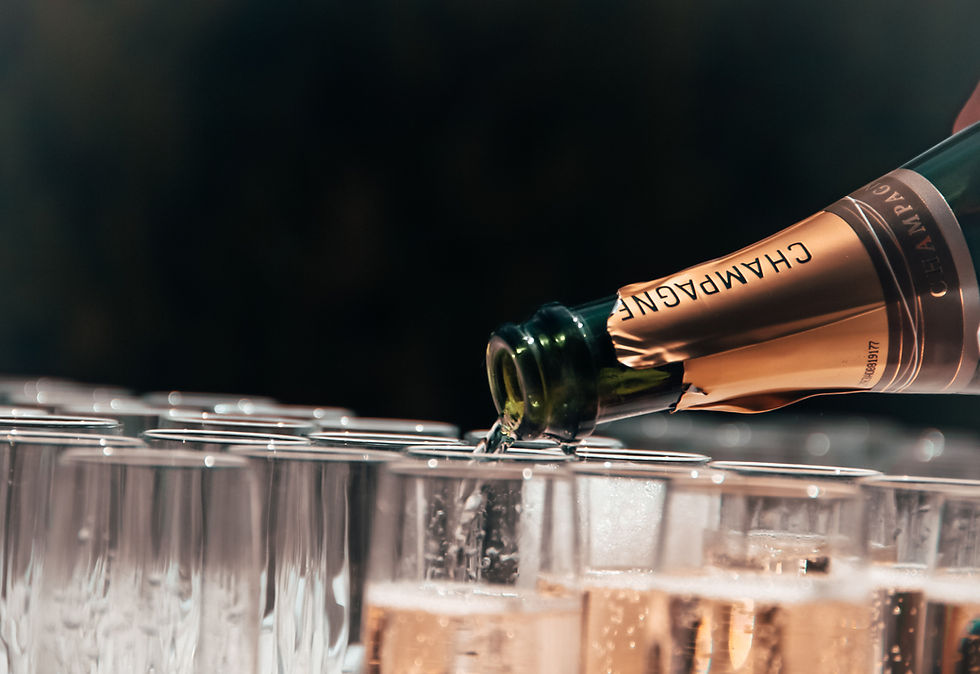
Champagne is a French sparkling wine safeguarded by the appellation d'origine contrôlée, and its name is derived from the Champagne region in northeastern France. The unique chalky subsoil, specific slopes, climate, expertise, and winemaking traditions of this area are frequently imitated but never truly replicated. While many are familiar with the prominent, well-known brands, few are aware of the independent producers who are deeply passionate about their craft. These artisans are committed to honoring nature and enhancing their product’s quality, investing more time and effort to create an experience that is truly unforgettable.
What makes champagne different from other sparkling wines? Champagne is a specific type of sparkling wine that comes exclusively from the Champagne region in northeastern France. It is produced under strict regulations and must be made using the traditional méthode champenoise, which involves a secondary fermentation in the bottle. This process gives champagne its distinctive bubbles and complex flavors.


What are the primary grape varieties used in champagne production? The main grape varieties used in champagne are Chardonnay, Pinot Noir, and Pinot Meunier. Chardonnay contributes to the champagne’s elegance and freshness, while Pinot Noir and Pinot Meunier add structure and depth.

How should champagne be stored to maintain its quality? Champagne should be stored in a cool, dark place with a consistent temperature, ideally between 45-65°F (7-18°C). Bottles should be kept on their sides to keep the cork moist and prevent it from drying out. Avoid storing champagne in areas with strong odors, as it can affect the wine’s flavor.

What is the difference between "brut," "extra brut," and "demi-sec" champagnes? These terms refer to the sweetness levels of champagne. "Brut" is the driest, with less than 12 grams of sugar per liter, making it crisp and dry. "Extra brut" is even drier, with less than 6 grams of sugar per liter. "Demi-sec" is sweeter, containing between 32-50 grams of sugar per liter, and is often enjoyed with dessert.

How long can champagne be aged, and does it improve with age? Champagne can be aged, but the aging potential depends on the style and quality of the champagne. Non-vintage champagnes are generally best enjoyed within 3-5 years of release, while vintage champagnes can improve with age and may be enjoyed for 10 years or more. Proper aging can enhance complexity and develop richer flavors, but once opened, champagne should be consumed relatively quickly to enjoy its freshness and effervescence.
